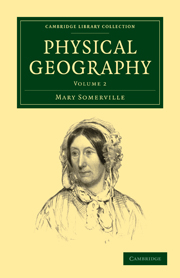Summary
There is great similarity in the birds of the northern parts of the old and new continents, and many are identical. Towards the south, the forms differ more and more, till in the tropical and south temperate zones of Asia, Africa, and America they become entirely different, whole families and genera often being stationary within very narrow limits. Some birds, however, are almost universal, especially birds of prey, waders, and sea-fowl.
The bald buzzard is in every country, from Europe to Australia; the Chinese gosshawk inhabits the American continent, and every station between China and the west coast of Europe; the peregrine falcon lives in Europe, America, and Australia; the common and purple herons are indigenous in the old continent and the new; and the flamingo fishes in almost every tropical river. Many of the sea-fowl also are widely spread : the wagel-gull is at home in the northern and southern oceans, and on the coasts of Australia. Captain Beechey's ship was accompanied by pintadoes during a voyage of 5000 miles in the Pacific; and even the common house-sparrow is as much at home in the villages in Bengal as it is in Britain. Many more instances might be given, but'they do not interfere with the general law of special distribution.
Birds migrate to very great distances in search of food, passing the winter in one country and the summer in another, many breeding in both.
- Type
- Chapter
- Information
- Physical Geography , pp. 184 - 215Publisher: Cambridge University PressPrint publication year: 2009First published in: 1848



